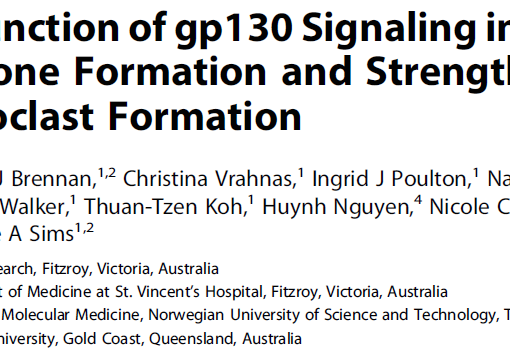Abstract
Bisphosphonates (BPs) and denosumab reduce the risk of spine and nonspine fractures. Atypical femur fractures (AFFs) located in the subtrochanteric region and diaphysis of the femur have been reported in patients taking BPs and in patients on denosumab, but they also occur in patients with no exposure to these drugs. In this report, we review studies on the epidemiology, pathogenesis, and medical management of AFFs, published since 2010. This newer evidence suggests that AFFs are stress or insufficiency fractures. The original case definition was revised to highlight radiographic features that distinguish AFFs from ordinary osteoporotic femoral diaphyseal fractures and to provide guidance on the importance of their transverse orientation. The requirement that fractures be noncomminuted was relaxed to include minimal comminution. The periosteal stress reaction at the fracture site was changed from a minor to a major feature. The association with specific diseases and drug exposures was removed from the minor features, because it was considered that these associations should be sought rather than be included in the case definition. Studies with radiographic review consistently report significant associations between AFFs and BP use, although the strength of associations and magnitude of effect vary. Although the relative risk of patients with AFFs taking BPs is high, the absolute risk of AFFs in patients on BPs is low, ranging from 3.2 to 50 cases per 100,000 person-years. However, long-term use may be associated with higher risk (∼100 per 100,000 person-years). BPs localize in areas that are developing stress fractures; suppression of targeted intracortical remodeling at the site of an AFF could impair the processes by which stress fractures normally heal. When BPs are stopped, risk of an AFF may decline. Lower limb geometry and Asian ethnicity may contribute to the risk of AFFs. There is inconsistent evidence that teriparatide may advance healing of AFFs.
https://www.ncbi.nlm.nih.gov/pubmed/23712442
J Bone Miner Res. 2014 Jan;29(1):1-23. doi: 10.1002/jbmr.1998. Epub 2013 Oct 1.


